First – How is Your Eye Color Determined?
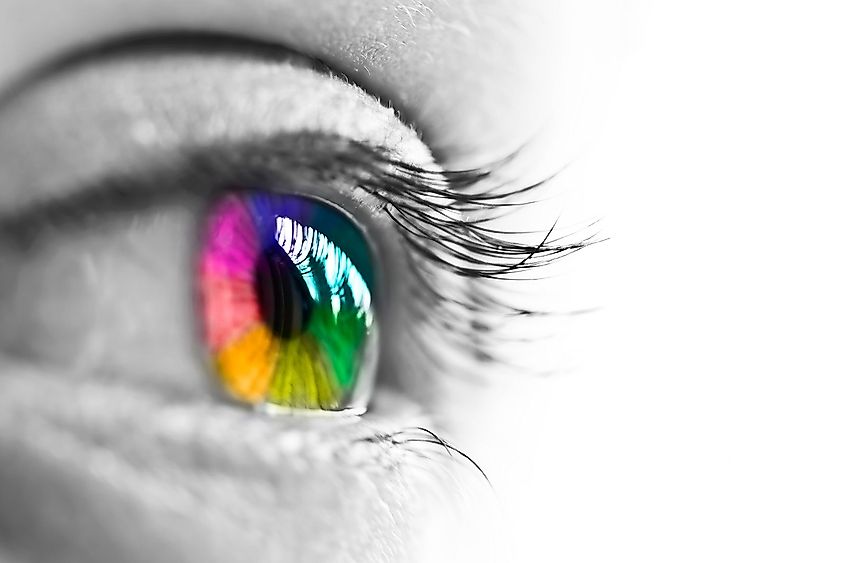
Your eye color is defined by the quantity of melanin in your iris. The more melanin you have, the darker your eyes will be. Blue eyes have the least amount of melanin, while brown eyes have the most. Green and hazel eyes are somewhere in the middle.
Melanin is a pigment that provides color to your hair, skin, and eyes. It’s produced by cells called melanocytes.
The amount of melanin in your iris is determined by your genes and your eye color is usually passed down from your parents.
Brow Eyes
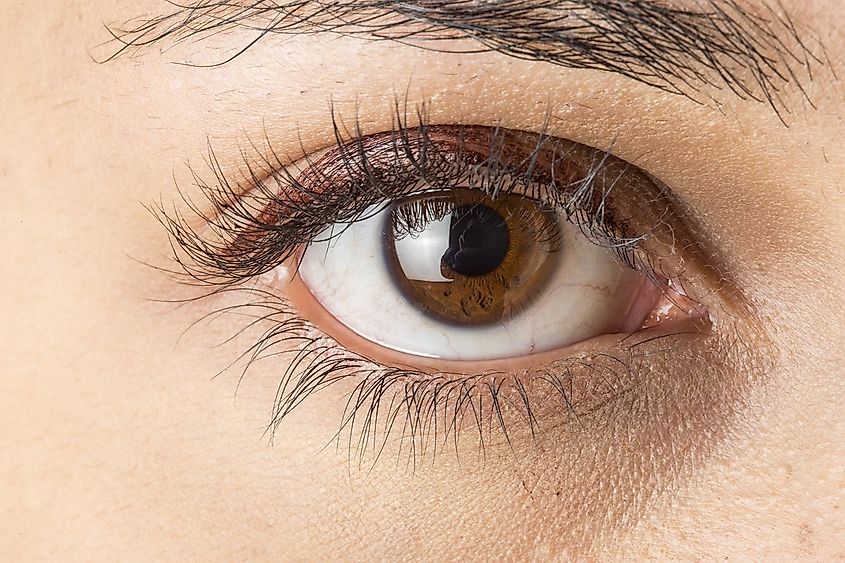
It is estimated that anywhere from 55 to 79 percent of the world’s population has brown eyes. The shade of brown varies depending on which part of the world you look at. For example, in West Asia, the Americas, and Europe, it is thought that the most common eye color is light brown. Whereas in Africa, East Asia, and Southeast Asia the most common is dark brown.
So why are brown eyes so prevalent? One theory is that it is a dominant trait. Brown is the most common eye color in humans, so it makes sense that it would be more likely to be passed down from generation to generation. Another theory posits that brown eyes offer more protection from the sun’s harmful UV rays.
Whatever the reason, brown eyes are definitely one of the most common eye colors out there! So, if you have them, you’re in good company!
Blue Eyes
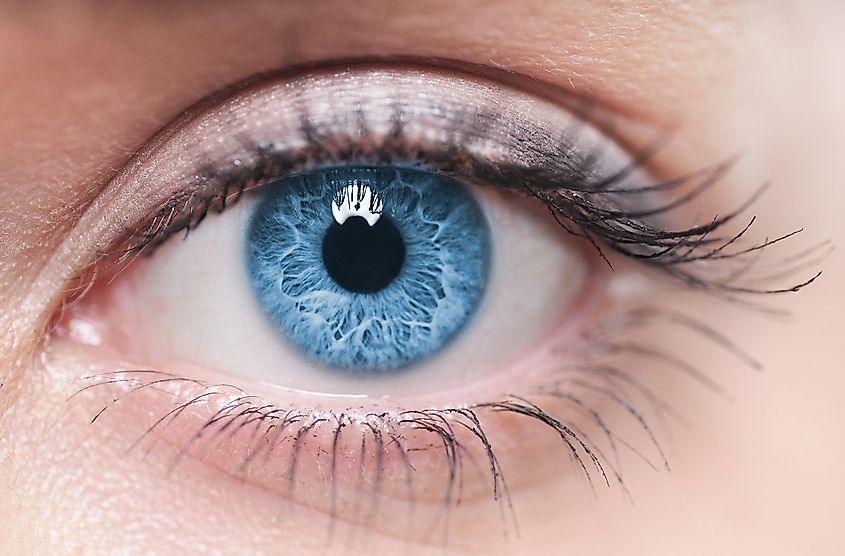
While the exact percentage of people with blue eyes varies according to different sources, it is generally agreed that around 8 to 10 percent of the world’s population has blue eyes.
So where did this genetic trait come from? Scientists believe that all blue-eyed people can trace their roots back to a single individual who lived about 6,000 to 10,000 years ago. This person carried a gene mutation that resulted in the production of lower levels of melanin, the pigment that gives color to our eyes, skin, and hair.
Over time, this mutation was passed down through the generations, and today we see it manifested in the beautiful blue eyes of people all over the world. Whether you have blue eyes yourself or not, there’s no denying that this stunning eye color is truly one of a kind.
Hazel Eyes
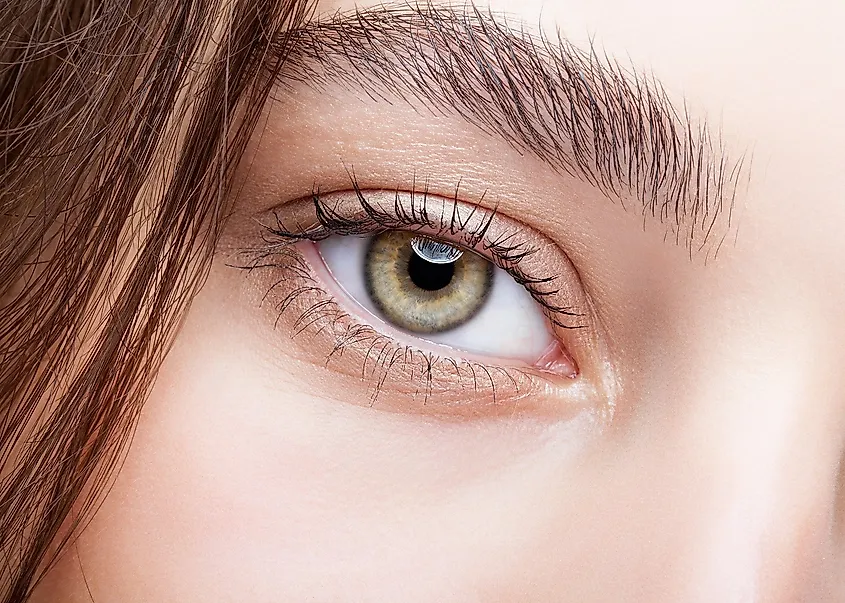
In a world of 7.5 billion people, it’s estimated that 5 percent have hazel eyes. That means approximately 377 million people on our planet can claim this beautiful eye color!
Hazel eyes are a mix of green and brown, and sometimes flecks of gold or orange. They can appear to change color in different lighting, which makes them even more unique and fascinating.
Interestingly, hazel eyes are most common in people of European descent. Some well-known celebrities with hazel eyes include Kelly Clarkson, Antonia Thomas, Sarah Hyland, and Angelina Jolie.
Amber Eyes
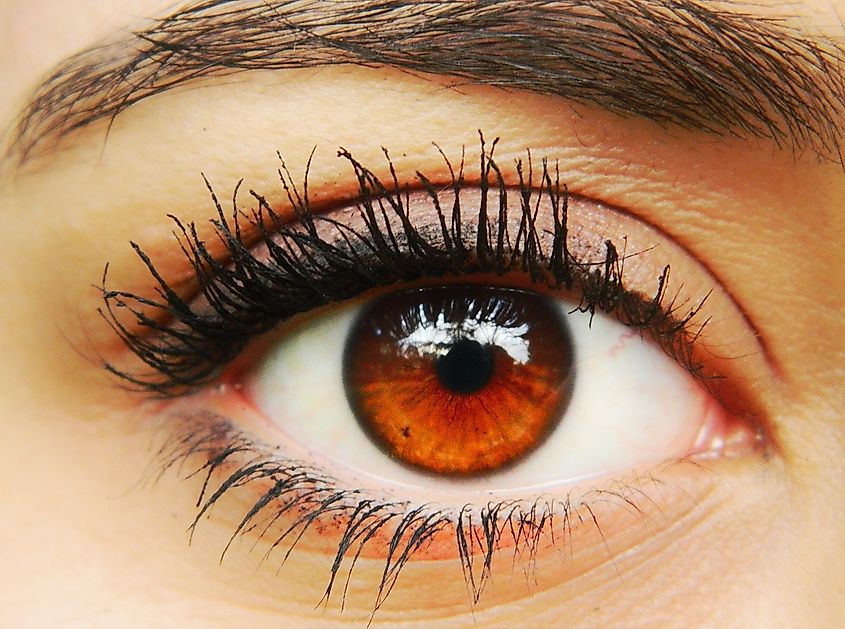
Amber eyes are said to be one the rarest of all eye colors, and only about 5 percent of the world’s population has them. Amber eyes contain mostly the pigment lipochrome and not as much melanin.
This color of eyes can range in color from a light golden brown to a deep, rich honey hue. People with amber eyes often have very striking features, and they’re definitely a head-turner whenever they enter a room.
Green Eyes
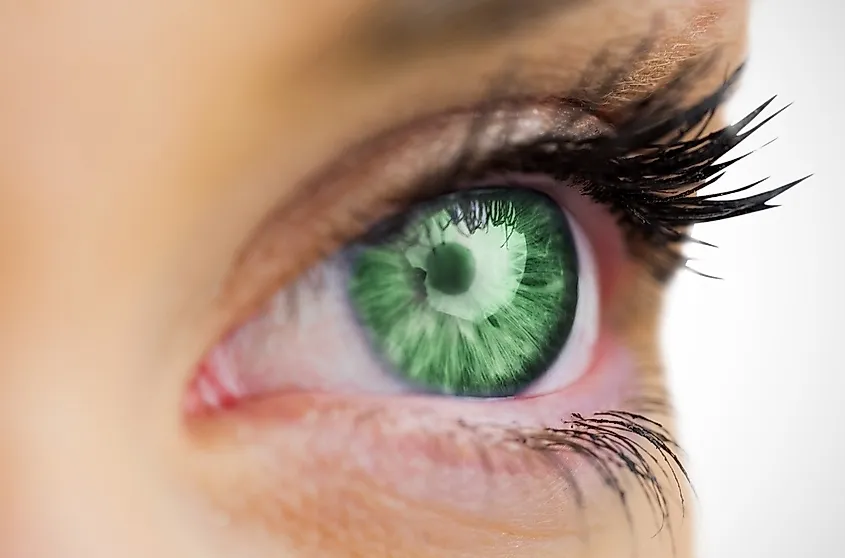
According to one study, approximately 2 percent of the world’s population has green eyes.
Interestingly, the prevalence of green eyes varies widely by ethnicity. For example, people with Celtic or Germanic ancestry, count for 16 percent of people who have green eyes.
So why do some people have green eyes? The answer lies in our genes. People with green eyes have less melanin than those with brown eyes.
Gray Eyes
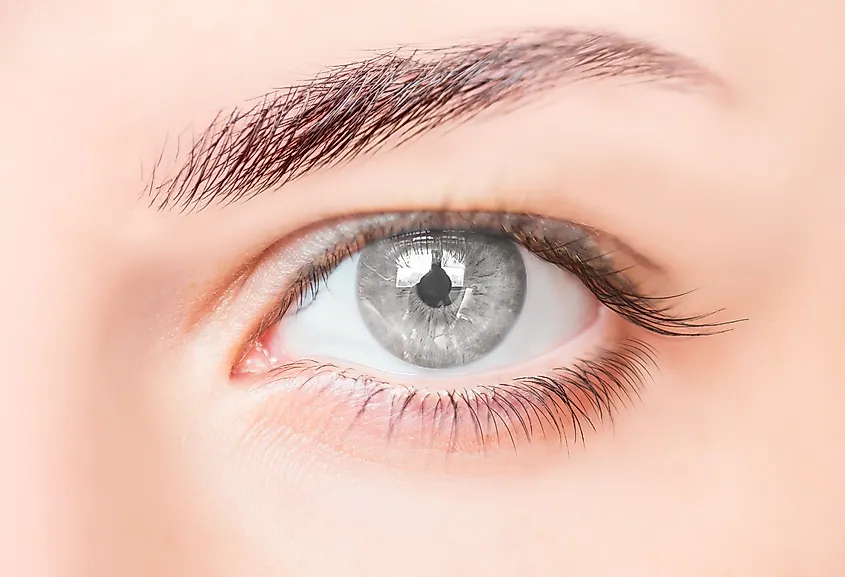
Less than 1 percent of the world’s population has gray eyes. This means that out of every 100 people, only one would have this eye color. Gray eyes are unbelievably rare and are most common in Northern and Eastern Europe.
Interestingly, gray eyes can appear to change color in different lighting. For example, they may look green in direct sunlight, and more blue or even violet in indoor lighting. This is because gray eyes have very little pigment in the iris, so they reflect light differently than other eye colors.
Heterochromia

Heterochromia is incredibly rare, and less than one percent of the world’s population has this condition. This means that if you have heterochromia, you’re quite special!
There are three types of heterochromia: complete, segmental, and central heterochromia.
Complete heterochromia is when each eye is a unique color. Segmental heterochromia is when there are two colors in the same eye. And central heterochromia occurs when the irises are identical but have a circle of a distinct color over the pupils.
How Your Eye Color Can Shed Light On Some Medical Issues
Did you know that your eye color can actually reveal some underlying health problems? It’s true! Different colors can indicate different issues, so it’s important to be aware of what to look for.
Anisocoria
Anisocoria is a condition where the pupils of the eyes are different sizes. It can be caused by a variety of things, including medications, trauma, and underlying health conditions. Anisocoria can also be normal in some people.
If you have anisocoria, you may not notice any symptoms. But in some cases, people with anisocoria may have eye pain, blurry vision, or sensitivity to light. If you have any of these symptoms, see your doctor. They can help figure out what’s causing your anisocoria and treat any underlying conditions.
Albinism
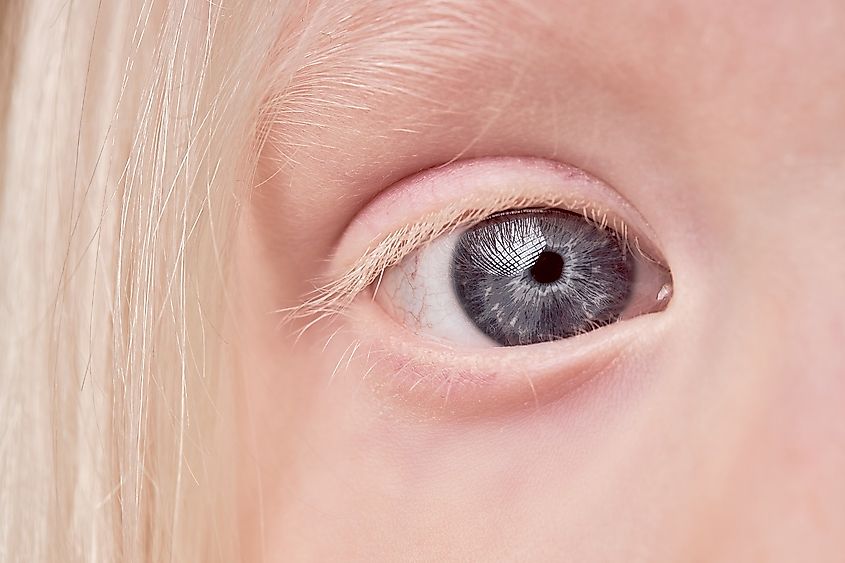
Did you know that people with albinism can have light blue or violet eyes?
Albinism is a genetic condition that affects the production of melanin, the pigment that gives skin, hair, and eyes their color. People with albinism typically have very light skin and hair, and they may have problems with their vision.
One of the most striking features of albinism is the wide variety of eye colors that people with this condition can have. While light blue eyes are the most common type of eye color in albinism, severe albinism can also show as pink or red eyes. This is due to the lack of melanin in the iris.
Uveitis
The most common form of uveitis is anterior uveitis, which happens when the iris (the colored part of your eye) becomes inflamed. If you notice any inflammation in your iris, seek medical attention immediately.
The World’s Population By Eye Color
| Rank | Eye Color | Estimated Percentage of World Population |
| 1 | Brown | 55-79% |
| 2 | Blue | 8% -10% |
| 3 | Hazel | 5% |
| 4 | Amber | 5% |
| 5 | Green | 2% |
| 6 | Gray | <1% |
| 7 | Heterochromia | <1% |



 Users Today : 45
Users Today : 45 Total views : 665063
Total views : 665063